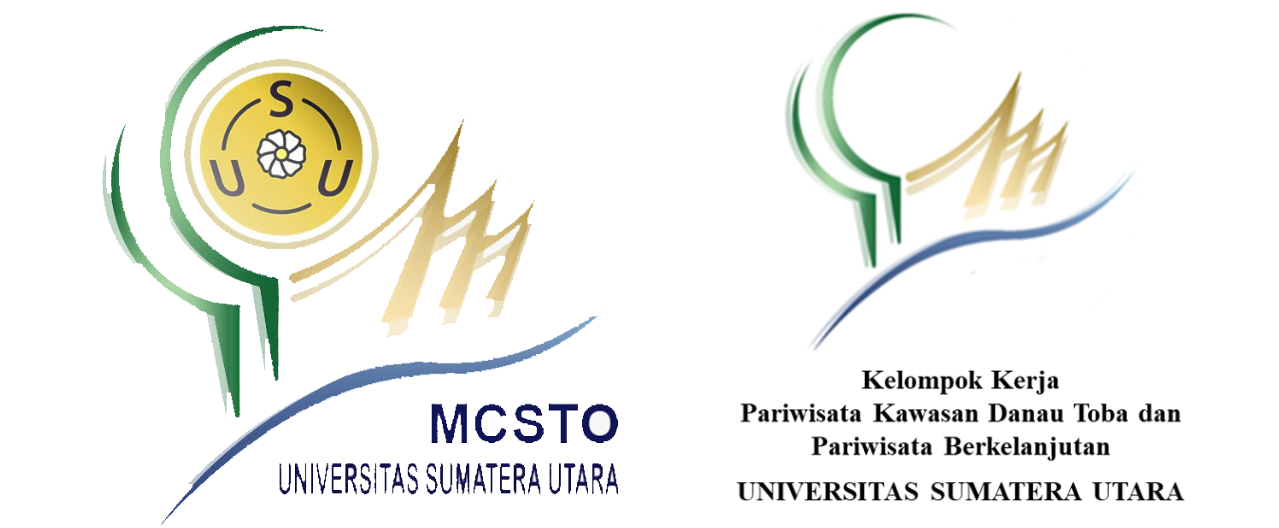Application Of Neo Vernacular Architecture In Tongging Agrotourism Planning
DOI:
https://doi.org/10.32734/koridor.v10i2.1351Keywords:
agrotourism, neo vernacular architecture, tourismAbstract
Tongging is a village in the Lake Toba region that located in the District of Merek, Karo Regency. Tongging Village is famous for its panoramic beauty and the local potential of agriculture and fisheries. With various potentials owned by Tongging Village, a place is needed that can accommodate this potential. Tongging Agrotourism is a place to carry local potential in Tongging Village. Agrotourism is designed to attract more tourists while developing the local potential in Tongging Village. Design with Neo Vernacular Architecture approach to re-apply local cultural elements to optimize their potential. The neo vernacular architectural approach process uses transformation and modifications methods to the physical and non-physical aspects. The architectural aspect adopted as neo vernacular approach is the Karo settlement pattern, circulation, mass, and space program. Tongging Agrotourism has various facilities that support tourism activities at Tongging Village, including rice fields and fish cages, main buildings, cottages, restaurants, processing plants, and research and development areas.
Downloads
References
Dinas Pariwisata dan Kebudayaan Kabupaten Karo, 2018. (http://pariwisata.karokab.go.id) diakses 15 Oktober 2018.
Badan Pusat Statistik Kabupaten Karo, 2017. (https://karokab.bps.go.id) diakses 6 April 2018.
Singarimbun, M (1975) The Adat House, Descent and Alliance Among the Karo Batak. Angeles: Berkley.
M, T. R & F. L (1996) Daya Tarik dan Pengelolaan Agrowisata. Jakarta: Penebar Swadaya.
Khairul, (1997) Sistem Koordinasi Dalam Pengembangan Wisata Agro. Perencanaan Lanskap Agrowisata Cilantung, Parung, Bogor, Jawa Barat. Bogor: Program Studi Arsitektur Pertamanan, Jurusan Budi Daya Pertanian Fakultas Pertanian, Institut Pertanian Bogor.
J, C (1991) Languange of Post Modern Architecture 6. Rizolli
Depdikbud (1997) Arsitektur Tradisional Sumatera Utara. Jakarta: CV. Eka Dharma.
Bangun, R (2006) Mengenal Suku Karo. Jakarta: PT. Gramedia Pustaka Utama.
Loebis, N (2004) Raibnya Para Dewa-Kajian Arsitektur Karo. Medan: Bina Teknik Press.
P. Kementrian (1973) Traditional Buildings of Indonesia Vol. 2 Batak Karo. Bandung.
Yulianti, R (2016) Eksplorasi Desain Arsitektur Nusantara 35 Karya Pilihan Propan Sayembara Desain Arsitektur Nusantara. Jakarta: Kompas Gramedia.












